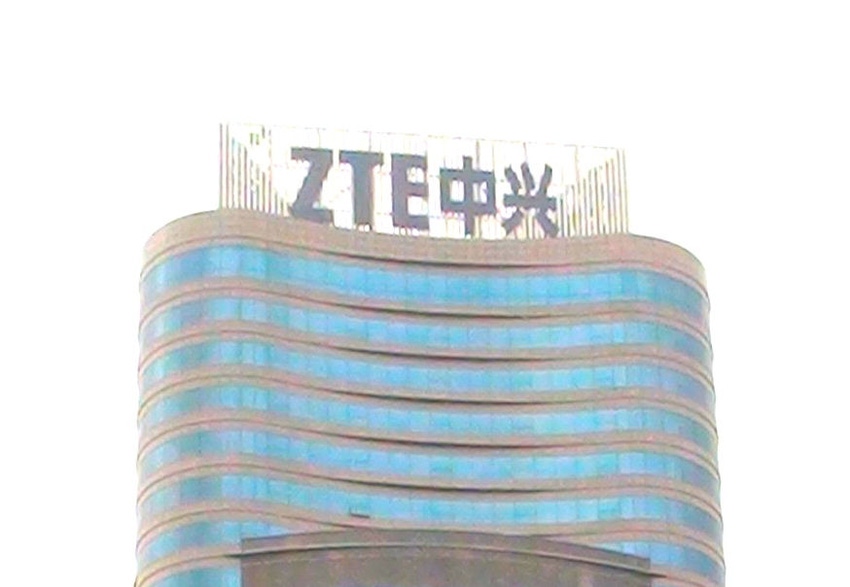Chinese networking vendor ZTE has conducted what it said is the world’s first pre-commercial field trial of multi-user and multi-stream transmission on a Massive input-multiple multiple-output (MIMO) base station. The firm claimed the test has strengthened its leadership in 5G.
January 26, 2015

Chinese networking vendor ZTE has conducted what it said is the world’s first pre-commercial field trial of multi-user and multi-stream transmission on a Massive input-multiple multiple-output (MIMO) base station. The firm claimed the test has strengthened its leadership in 5G.
The company said by using its proprietary ‘pre5G’ multi-user and multi-stream spatial multiplexing technology over the Massive MIMO base station, it was able to demonstrate peak throughput three times that of a traditional base station. The firm claimed even average throughput exceeded conventional systems by at least five times.
This follows ZTE’s previous test in November where the vendor first tested the ‘pre5G’ Massive MIMO base station. The base station contains 128 antennas, and the firm claimed through integrating antennas, base station units and RFs in one module it only uses a third of the installation base of traditional systems.
The trial was done by using handsets based on current 4G standards. “Being a pre5G technology, ZTE’s Massive MIMO solution is delivering exponential advances to 4G networks without modifying existing air interfaces, making it possible for carriers to provide a 5G-like user experience on existing 4G handsets in an accelerated timeframe,” Xiang Jiying, Chief Scientist at ZTE said.
“ZTE successfully overcame the challenge of doing multi-user and multi-stream spatial multiplexing in a scattered signal environment, clearing the main hurdle in the development of Massive MIMO technology.”
The vendor claimed the trial had exceeded many international operators’ expectations, and several of them had indicated they would look to strengthen cooperation with ZTE. The firm also said 5G technologies are central to its future strategy, and it is focused on developing the Massive MIMO solution, as well as MUSA (multi-user shared access), UDN (ultra-dense networks) and virtual cell.
Nokia and SK Telecom recently announced a collaboration agreement to develop 5G technologies, and to demonstrate it by 2018. This ZTE trial looks like another example in what presumably will be a long list of technology trials ahead of the next generation technology as vendors look to secure their positions in the 5G era.
About the Author(s)
You May Also Like








.png?width=300&auto=webp&quality=80&disable=upscale)


_1.jpg?width=300&auto=webp&quality=80&disable=upscale)


.png?width=800&auto=webp&quality=80&disable=upscale)